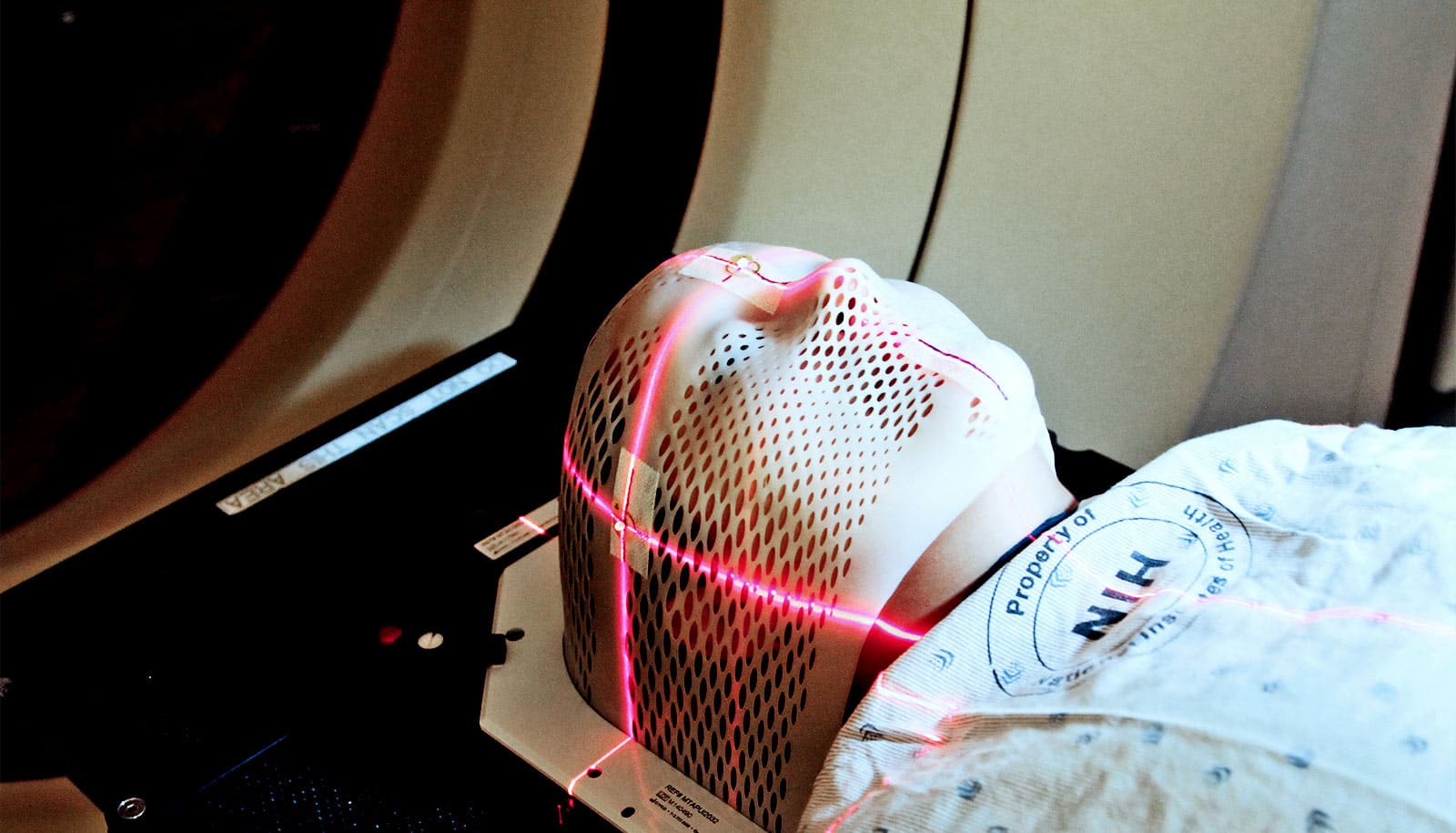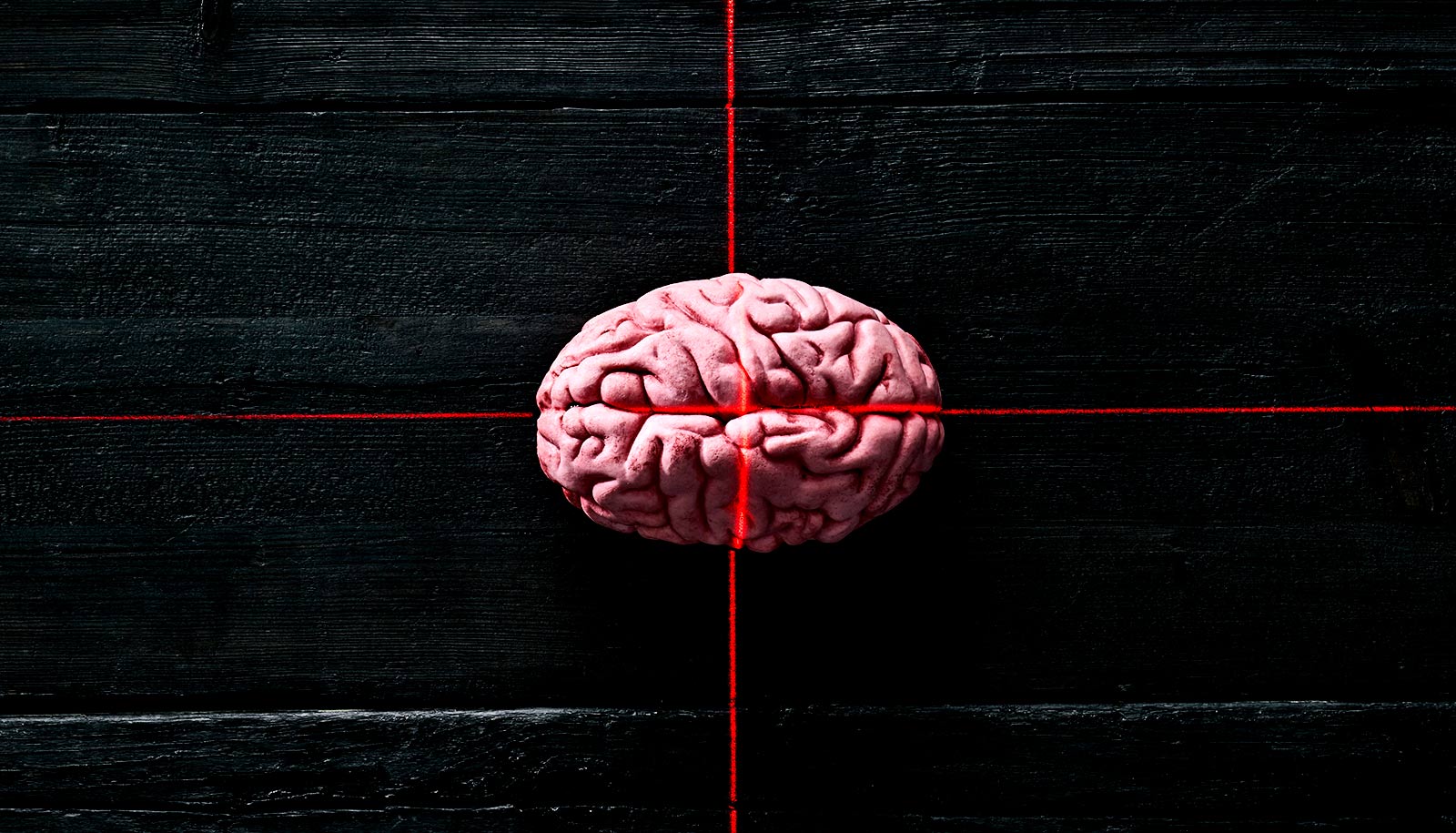New insight into a gene that controls energy production in cancer stem cells could help in the search for a more effective treatment for glioblastoma, researchers report.
Suppressing the OSMR gene can improve the effectiveness of radiation therapy, according to their new study.
“To improve patient response to glioblastoma treatment, we must find new vulnerabilities in cancer stem cells and overcome their resistance to therapy.”
This approach was successful in preclinical mouse models where the deletion of the OSMR gene resulted in a significant improvement of tumor response to therapy and expanded lifespan.
Glioblastoma is the most common and aggressive cancerous brain tumor in adults due to its resistance to therapy. Treatment usually involves surgery, followed by chemotherapy and radiation therapy. Despite these intensive efforts, in most cases tumor cells regrow after treatment and the cancer recurs.
Glioblastoma tumors contain rare cancer stem cells responsible for therapeutic resistance and tumor regrowth. In the study, researchers uncover the unique role OSMR plays in fortifying cancer stem cells’ resistance to therapy by strengthening mitochondria, the powerhouse of cell energy production.
It makes the long journey to the mitochondria and interacts with energy-producing machineries to force them to generate more energy for cancer cells.
“To improve patient response to glioblastoma treatment, we must find new vulnerabilities in cancer stem cells and overcome their resistance to therapy. By suppressing OSMR, we were able to halt energy production in cancer stem cells, essentially starving them to death,” says Arezu Jahani-Asl, assistant professor of medicine at McGill University.
The study provides evidence that targeting OSMR gene, in combination with radiation therapy, can pave the way for future clinical trials that better treat glioblastoma tumors. The next step is to leverage these tools into a clinical trial, the researchers say.
The research appears in Nature Communications.
CIHR and The Brain Tumor Charity supported the work.
Source: McGill University



